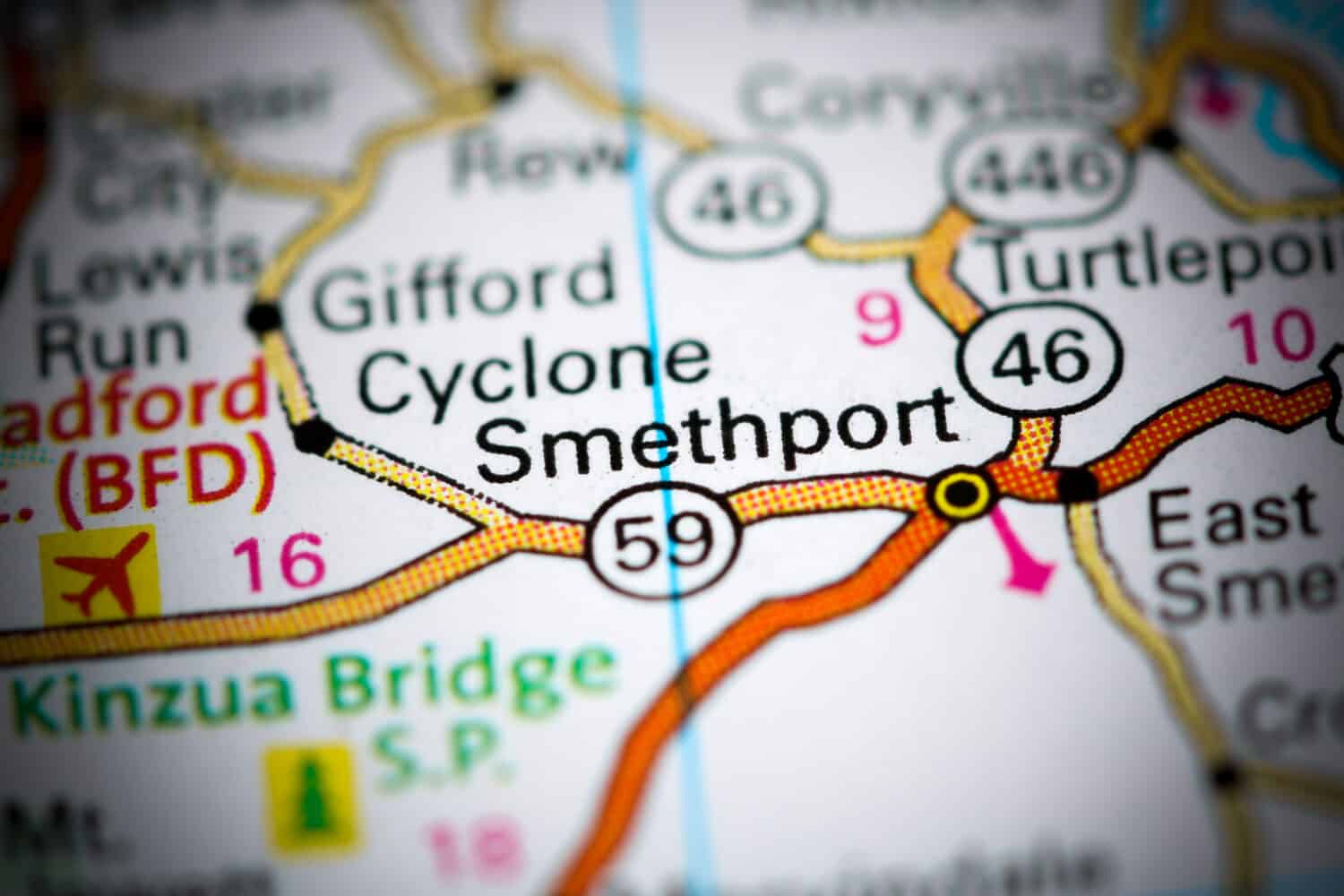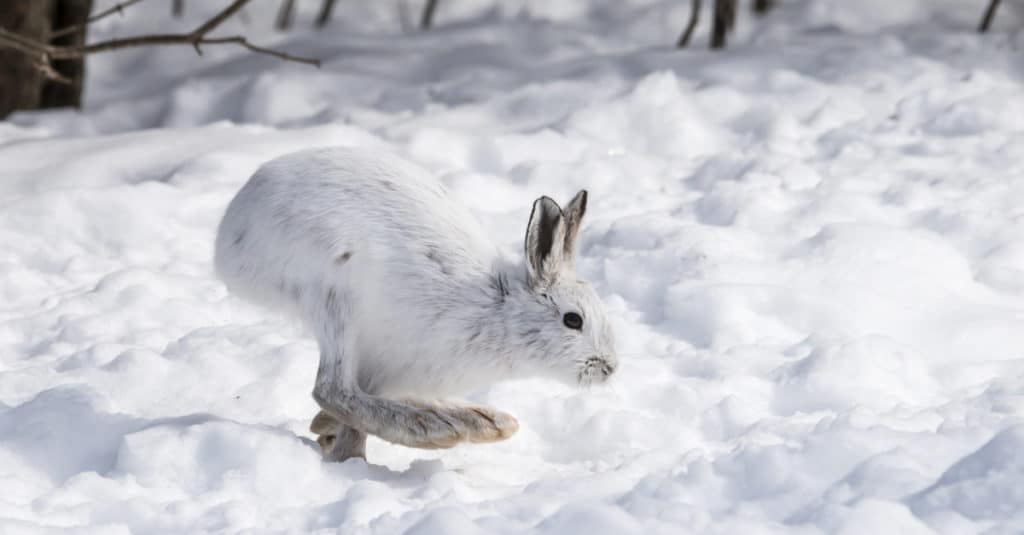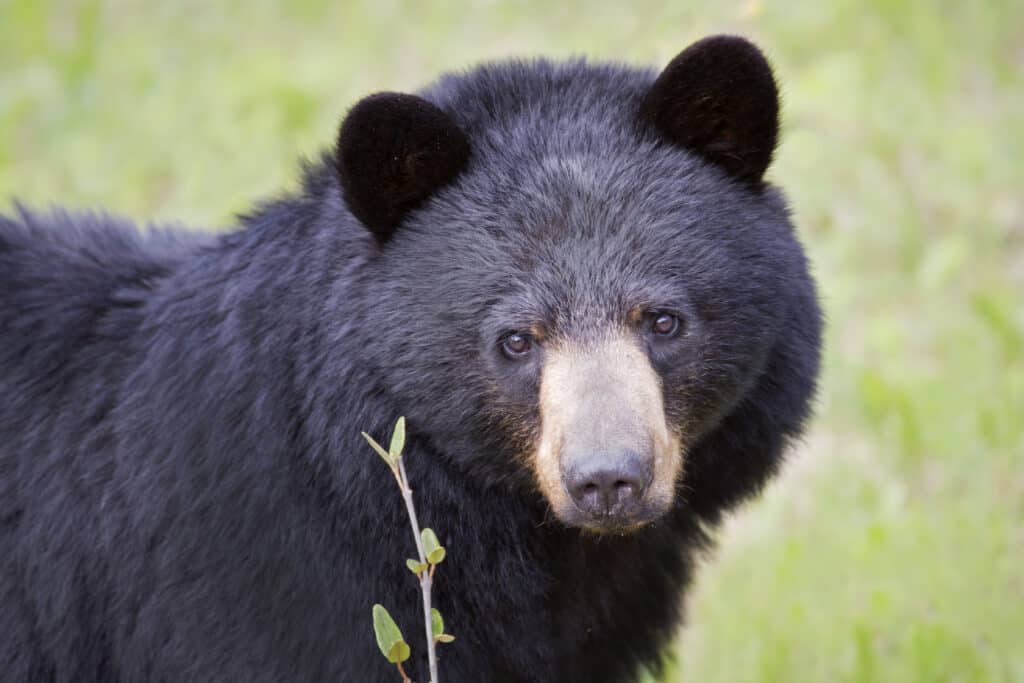Pennsylvania is located in the northeastern region of the United States and has a total area of 44,817 square miles. Its climate varies with its geography. However, it generally experiences cold winters and warm summers with moderate humidity. The southeast region is the warmest area of the state. As you move west toward the mountains, the climate gets much colder with more snowfall. Here we’ll focus on Pennsylvania’s coldest January on record.
Snowfall is common in winter, while thunderstorms are more frequent in summer. Overall precipitation levels are highest throughout spring and early summer before tapering off into late fall. The state also experiences four distinct seasons each year, which makes for a changing landscape all year round!
The Coldest January Day in Pennsylvania History
On January 5th, 1904, Smethport, Pennsylvania, experienced its coldest day in recorded history. The temperature dipped to a bone-chilling -42°F! This record-breaking cold snap was part of an arctic wave that swept through much of the northeastern United States and Canada, causing temperatures to plummet across the region. Many areas in Pennsylvania saw temperatures fall below zero, with several locations recording temperatures as low as -30°F!
While these frigid conditions made for some uncomfortable days, they also set records that still stand today. January 5th, 1904, was both the coldest January day and the coldest day ever recorded in Pennsylvania’s history! Smethport is also tied with Lawrenceville for the state February record minimum temperature of −39 °F.
Why is Smethport, Pennsylvania So Cold?

Smethport has a continental climate with cold winters and hot summers due to its location in the eastern United States.
©SevenMaps/Shutterstock.com
Smethport is located in the northern part of Pennsylvania. This area experiences colder temperatures than other parts of the state due to its higher elevation (1,488 feet) and distance from bodies of water. It’s also situated near two large mountain ranges, the Allegheny Mountains and the Appalachian Mountains, which can contribute to lower temperatures. Additionally, Smethport has a continental climate with cold winters and hot summers due to its location in the Eastern United States. As such, it can be quite chilly during January when cold air masses come down from Canada into this region, creating even colder temperatures than those found elsewhere.
Wildlife of Pennsylvania
Pennsylvania is home to a wide variety of wildlife, ranging from mammals such as raccoons and foxes to songbirds like the eastern bluebird. Reptiles, including eastern milk snakes, timber rattlesnakes, and gray rat snakes, also inhabit Pennsylvania’s forests. Amphibians like spring peepers and wood frogs are found in ponds and wetlands throughout the state.
When winter temperatures drop low enough for snowfall, many animals that cannot migrate south adapt by hibernating or becoming dormant until warmer weather returns. Bears will den up in hollow trees or burrows during this time, while some amphibians “freeze” themselves into an inactive state where their metabolism slows down dramatically. Other animals, like squirrels, rely on stores of food they have gathered earlier in the season to see them through until spring arrives again with warmer days ahead.
Snowshoe Hare

Snowshoe hares become less active during extremely cold temperatures.
©FotoRequest/Shutterstock.com
The snowshoe hare and ermine have adapted to their cold environment by changing their coats with the seasons. When autumn arrives, they molt their old brown fur in favor of a shiny white jacket designed to help them blend into the snow-covered landscape. This color change helps them avoid predators who would otherwise easily spot these small animals against the dark background of winter.
In addition to color changes, some mammals, like snowshoe hares, also adjust their behavior during colder months. They become less active during extremely cold temperatures when food may be scarce or hard to find. By spending more time in sheltered areas such as thickets, dens, and burrows, they can reduce energy expenditure while remaining safe from predators.
Woodchuck
The woodchuck, also known as the groundhog, is a common sight in Pennsylvania. During winter, they hibernate to survive the cold temperatures and conserve energy. They have bodies that are well-adapted to this process. Their respiration and heartbeat slow dramatically, and their body temperature can drop to near-freezing levels. Hibernation helps them preserve energy until spring arrives again when it becomes warmer outside. Woodchucks aren’t the only mammals that hibernate in Pennsylvania – two species of jumping mice and nearly a dozen species of bats undergo metabolic hibernation during winter.
Black Bear

The black bear lowers its heart rate to save energy.
©Wild Art/Shutterstock.com
Black bears fall into this winter survival strategy category. Torpor occurs when an animal lowers its heart and respiratory rate to the point that it saves energy. Animals in torpor are capable of being aroused and occasionally wake up to move about and eat. Other common animals that have extended periods of torpor include chipmunks, raccoons, and skunks.
Wood Frog
The wood frog is one of the most common species of freeze-tolerant amphibians, which means it can survive freezing temperatures. This frog will burrow into leaf litter or logs during the winter months and remain frozen alive until its anti-freeze-like blood helps to thaw it out in springtime. Wood frogs are usually the first amphibian species to congregate in vernal pools during this season for mating rituals before other frogs join them. As these creatures prepare for reproduction, they also herald a new beginning after an especially cold Pennsylvania winter.
Honey Bee
The honey bee workers prove their worth during winter. To keep warm and insulated, they form a cluster around the queen bee and brood to protect them from the cold weather. As temperatures drop, bees on the outer edge of the group will flex their flight muscles located within their thoraxes to generate heat, keeping it at a comfortable 90 degrees inside the cluster. The bees toward the center of this group then switch positions with those on the outer edges so that everyone gets a turn at staying warm while feeding off stored honey in the hive throughout winter. It is truly amazing how these little insects can care for themselves in such cold conditions!
The photo featured at the top of this post is © Amy Lutz/Shutterstock.com
Sources
- Pennsylvania State Climatologist / Accessed December 30, 2022
- Pennsylvania Annual Temperatures and Extremes / Accessed December 30, 2022
- Bradford County Conservation District / Accessed December 30, 2022
- Pennsylvania Game Commission / Accessed December 30, 2022
Thank you for reading! Have some feedback for us? Contact the AZ Animals editorial team.







